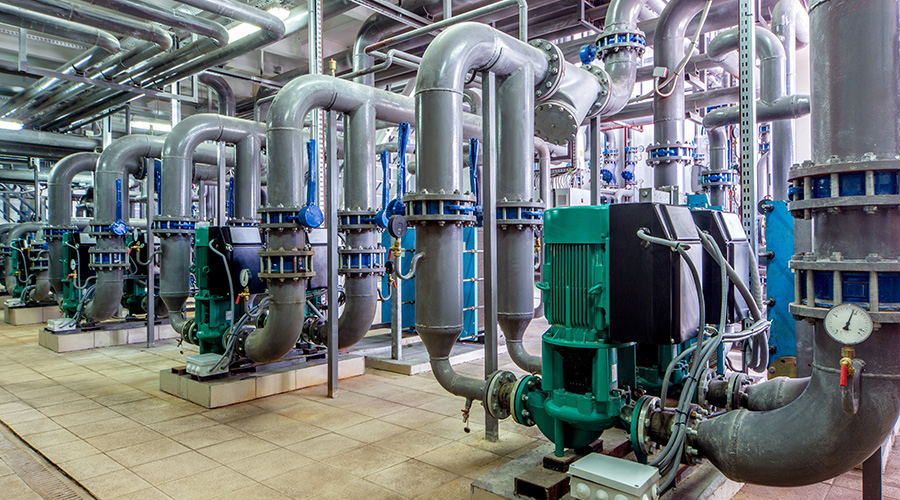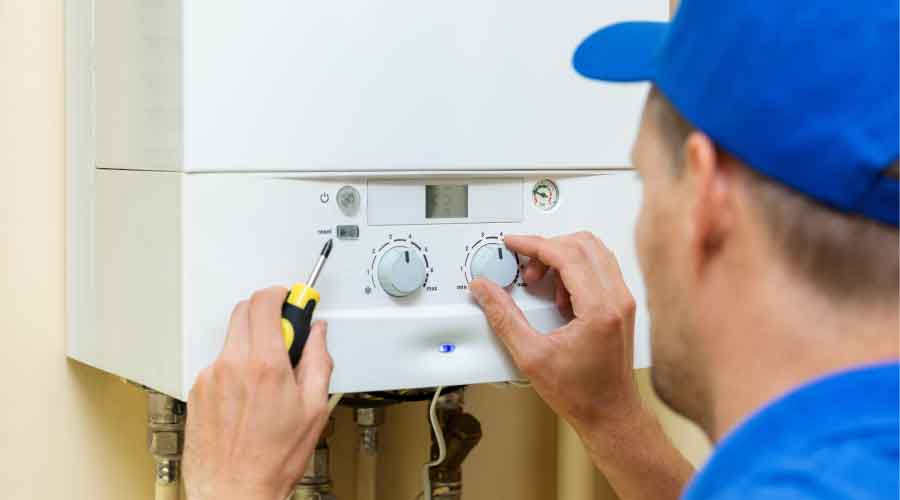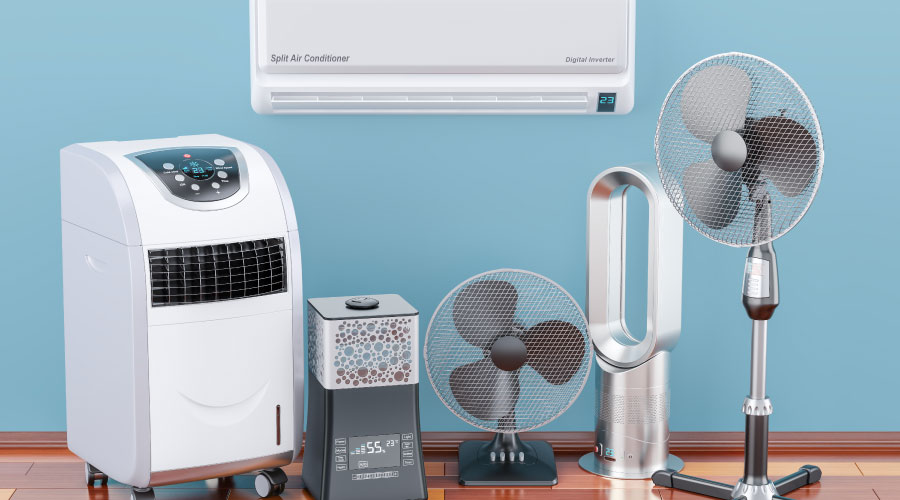Boiler Controls: Flue-Gas Trim, Sequencing Improve Energy Efficiency
It is important to understand when specifying controls that operating efficiency is only one consideration. The control system also must be able to meet the facility's peak heating load while operating efficiently under part-load conditions. Typical controls managers should consider when upgrading existing boilers include the following:
Flue-gas trim. One of the best indicators of a boiler's combustion efficiency is the flue-gas composition. Trim controls constantly monitor the temperature and the chemical composition of the flue gas, making changes to the combustion controls to limit the quantity of excess air brought into the boiler. While all boilers require some excess air for complete combustion, natural-gas-fired boilers can operate effectively with as little as 3 percent excess air. Boiler efficiency increases approximately 1 percent for each 15 percent decrease in excess air provided to the boiler. With most boilers operating at 10 percent or more excess air, the annual energy savings from flue-gas trim controls is significant.
Automatic blowdown. Steam boilers tend to accumulate deposits. If technicians do not control and remove these deposits regularly, they will accumulate on heat-transfer surfaces, reducing the efficiency of the boiler and increasing long-term maintenance requirements.
To limit the quantity of deposits that can accumulate, technicians can bleed off part of the boiler's water, typically on a continuous basis. The boiler wastes energy if the blowdown rate is too high, and the concentration of solids in the water becomes too high if the blowdown rate is too low. Automatic blowdown controls regulate the quantity of water technicians bleed from the system based on the actual level of contaminants.
Sequencing. Many facilities operate more than boiler at a time, depending on the load. This frequently results in more boiler capacity than is actually needed. Since the operating efficiency of a boiler is highest when it is operating at or near full load, this practice can waste a significant amount of energy. Automatic sequencing controls examine the load conditions and determine the boiler or combination of boilers that would meet that load most efficiently.
Related Topics:















